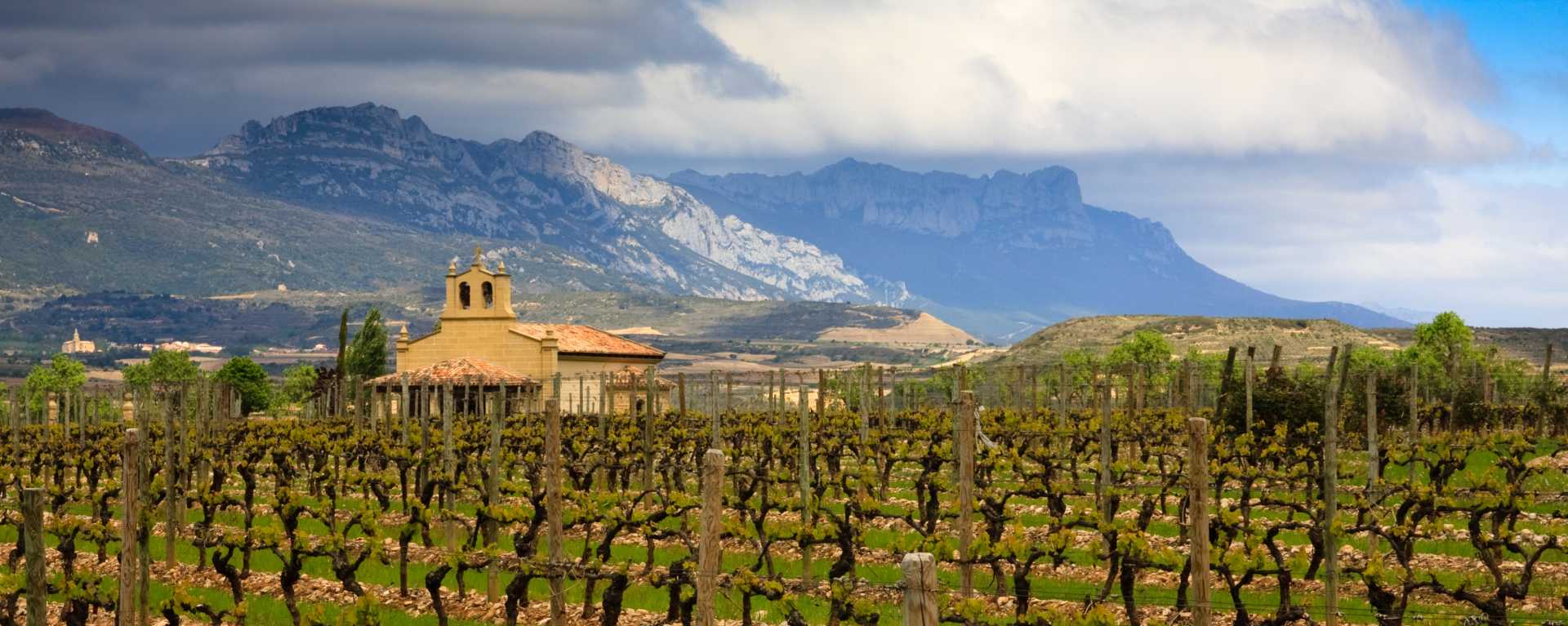Terroir Al Limit Les Manyes 2017
-
Robert
Parker -
James
Suckling



Product Details
Your Rating
Somm Note
Winemaker Notes
Tasting Les Manyes blind is a thrilling exercise. Without a reference point to guide you, you find yourself wandering around the Mediterranean confused if you’re in Spain, the Rhône, or Piedmont. There are a couple of reasons why Les Manyes is so unique in the Priorat. Firstly, this is not Garnatxa on llicorella; instead, it is Garnatxa Peluda grown on clay soils rich in chalk and gypsum located in the mountains above the village of Scala Dei – making for a wine with a distinctly different mineral profile that one normally expects from the Priorat. Secondly, it is made by Dominik Huber, who farms these grapes biodynamically, harvests them a few weeks before his neighbors, ferments them whole-cluster with indigenous yeasts, favors infusion over extraction, and presses half-way through the fermentation before finishing the wine and aging it in concrete tanks to preserve its soulful, red-fruit driven character.
Professional Ratings
-
Robert Parker's Wine Advocate
I tasted two vintages of the top Garnacha (Peluda), so next to the 2017 Les Manyes, I also had the 2018; it was great to see the differences in the wines, even if the analytical data showed pretty similar. This amazing vineyard at 800 meters in altitude on red clay and gypsum soils has more in common with some vineyards from Montsant than the majority of other vineyards from Priorat. In 2016, they started aging the wine 100% in concrete, and they have no intention of going back. This is quite austere and compact and has had a slow oxidation in concrete, and the wine feels quite stabilized and fresher than other 2017s but again perhaps not as deep as the 2018. It's not a showy vintage; it's quite subtle. It takes a long time to open up in the glass, and it's clearly the freshest of the 2017s. 3,200 bottles were filled in June 2020 after a longer élevage, exclusively in concrete for this second bottling lot.
-
James Suckling
A really beautiful wine with such depth and balance, showing creamy, polished tannins and a long, long finish. Full-bodied yet agile and caressingly textured. The finish shows plum, tile and chocolate character. Garnacha. Drink or hold.
Other Vintages
2019-
Robert
Parker -
James
Suckling
-
Robert
Parker -
James
Suckling -
Wine &
Spirits
-
Robert
Parker -
Wine
Spectator


Grenache thrives in any warm, Mediterranean climate where ample sunlight allows its clusters to achieve full phenolic ripeness. While Grenache's birthplace is Spain (there called Garnacha), today it is more recognized as the key player in the red blends of the Southern Rhône, namely Châteauneuf-du-Pape, Côtes du Rhône and its villages. Somm Secret—The Italian island of Sardinia produces bold, rustic, single varietal Grenache (there called Cannonau). California, Washington and Australia have achieved found success with Grenache, both flying solo and in blends.

Tiny and entirely composed of craggy, jagged and deeply terraced vineyards, Priorat is a Catalan wine-producing region that was virtually abandoned until the early 1990s. This Spanish wine's renaissance came with the arrival of one man, René Barbier, who recognized the region’s forgotten potential. He banded with five friends to create five “Clos” in the village of Gratallops. Their aim was to revive some of Priorat’s ancient Carignan vines, as well as plant new—mainly French—varieties. These winemakers were technically skilled, well-trained and locally inspired; not surprisingly their results were a far cry from the few rustic and overly fermented wines already produced.
This movement escalated Priorat’s popularity for a few reasons. Its new wines were modern and made with well-recognized varieties, namely old Carignan and Grenache blended with Syrah, Cabernet Sauvignon and Merlot. When the demand arrived, scarcity commanded higher prices and as the region discovered its new acclaim, investors came running from near and far. Within ten years, the area under vine practically doubled.
Priorat’s steep slopes of licorella (brown and black slate) and quartzite soils, protection from the cold winds of the Siera de Monstant and a lack of water, leading to incredibly low vine yields, all work together to make the region’s wines unique. While similar blends could and are produced elsewhere, the mineral essence and unprecedented concentration of a Priorat wine is unmistakable.